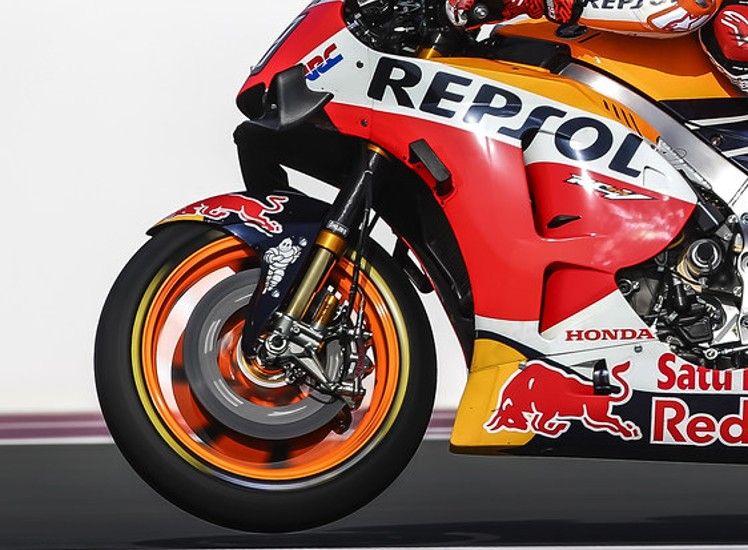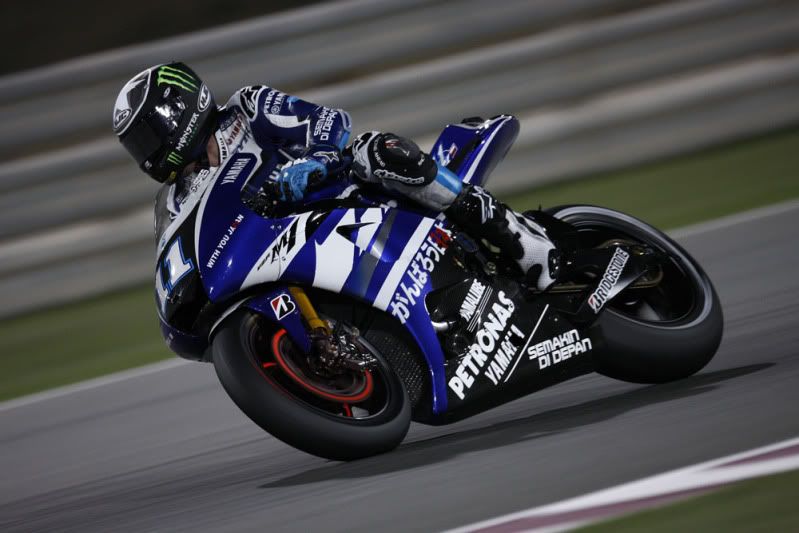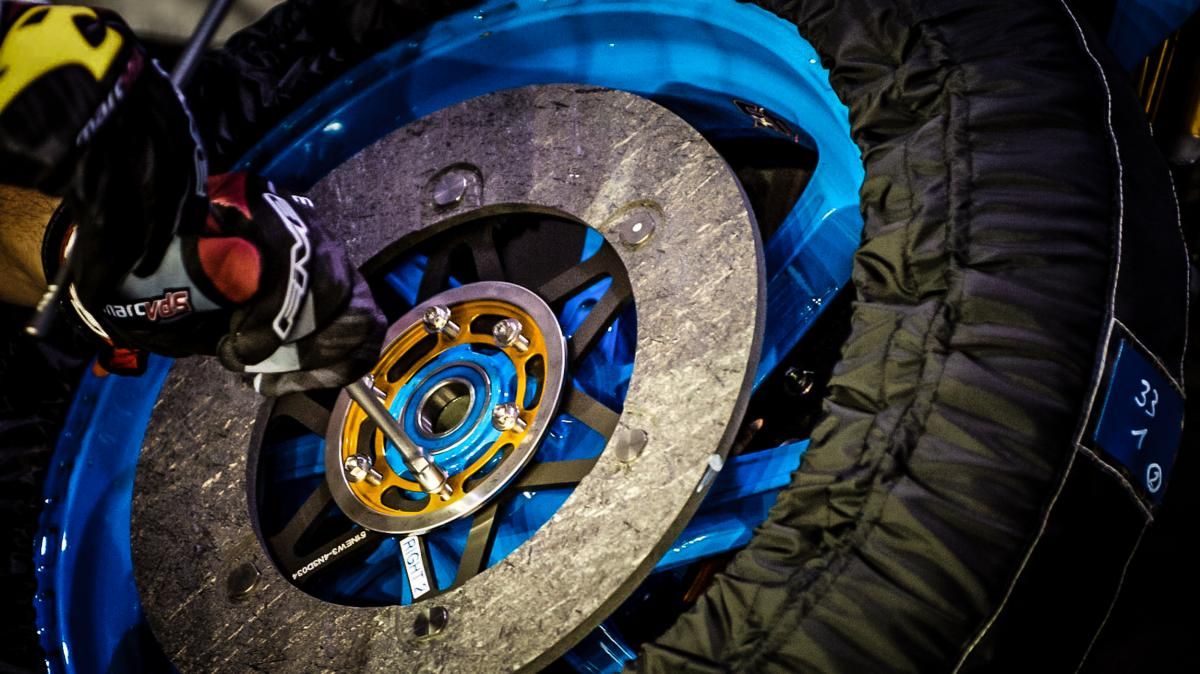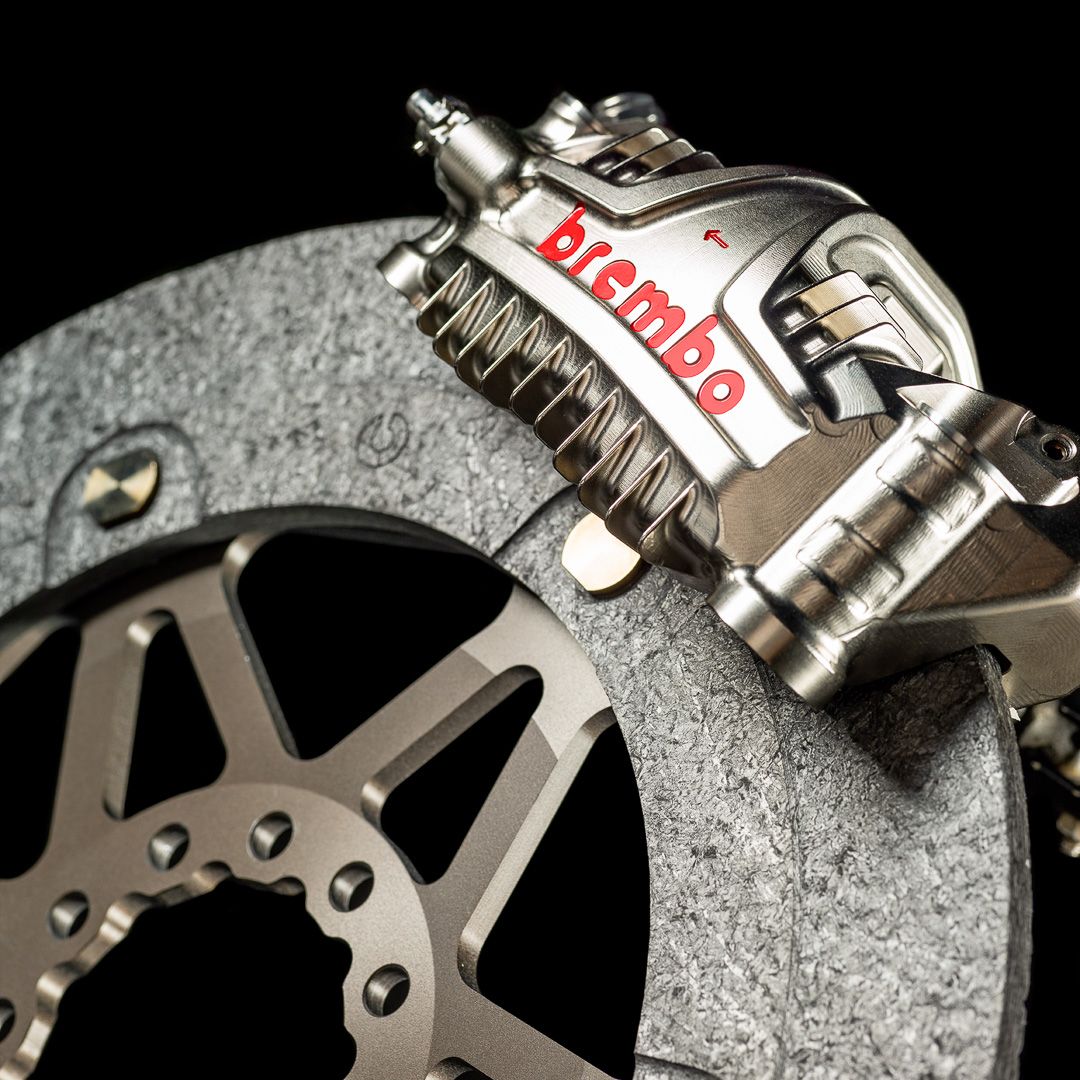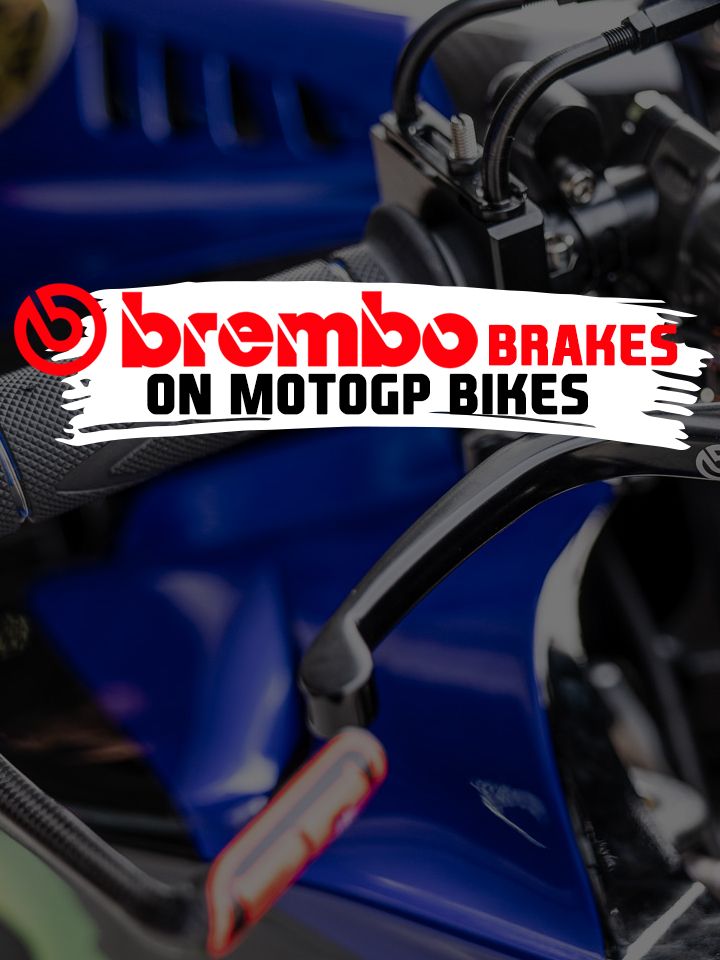Last year, Johann Zarco, aboard his Ducati Desmosedici GP21, broke the outright MotoGP top speed record by reaching an insane 362kmph (225.18mph).
While everyone congratulated Ducati and Johann for achieving this feat, no one really bats an eye at the Brembo brakes which played a crucial part in giving the rider that tiny bit of extra confidence to stay on the gas that tad bit longer.
Now that you're thinking about it, here’s an inside look at what allows MotoGP riders to ride so fast yet slow down equally as fast and make the corner, i.e. the brakes.
Brembo Brakes On MotoGP Bikes
All braking needs for MotoGP bikes (from satellite teams to full-blown factory teams) are handled by a single company, Brembo.
The Italian company has been in the braking business since 1961 and has produced some truly mind-blowing anchors for race bikes, road bikes, race cars, and road cars. And what makes the company so successful is that it is still evolving.
I say this because, for 2022, MotoGP riders now have access to massive 355mm ventilated carbon disc brakes, along with the older 340mm and 320mm units. Brembo claims the 355mm discs offer better heat dissipation and has since returned positive reviews after being used during the latest pre-season MotoGP tests at the Mandalika and Sepang circuits.
These disc brakes have an operating temperature range of 390 to 1470 F, which is why riders warm them up right before the race, bringing them to the ideal operating temperature.
Whichever disc size the rider opts for, it is clamped by Brembo’s top-of-the-line GP4 caliper. This monoblock caliper is built out of aluminum and lithium, featuring four titanium pistons, cooling fins, and a spring system that ensures utmost braking force. Every time.
Now, as you know, different riders like different lever feel, and keeping this in mind, Brembo offers a variety of master cylinder options, thus catering to each rider.
Also Read:
- Are MotoGP Bikes Getting Too Fast?
- Ducati XDiavel Nera Breaks Cover
Speaking of catering to all riders, at the request of a few riders, Brembo also introduced thumb-actuated rear brakes. These brakes basically let the rider use the rear brake by pressing a button on the handlebar eliminating the use of a foot brake.
Apart from brakes, the Brembo group is responsible for the Marchesini wheels seen on MotoGP bikes. These magnesium alloy wheels, offered in a five or seven-spoke design, are used by most MotoGP teams.
Brembo’s carbon fiber disc, coupled with the Marchesini wheels, plays a substantial role in decreasing the unsprung mass on the bike, thus improving the bike’s handling.
All in all, the brakes on MotoGP bikes are nothing short of a masterpiece and truly an engineering marvel in a sense.
MotoGP 2022 Schedule
With this wrapped up, it’s time to, once again, get hooked to the screens as the first race of the 2022 season is right around the corner, on March 6, 2022.
Can Fabio defend the title? Will Bagnaia finally bring Ducati a title? Or will Aprilia and KTM finally play a role in the standings? All remains to be seen.



